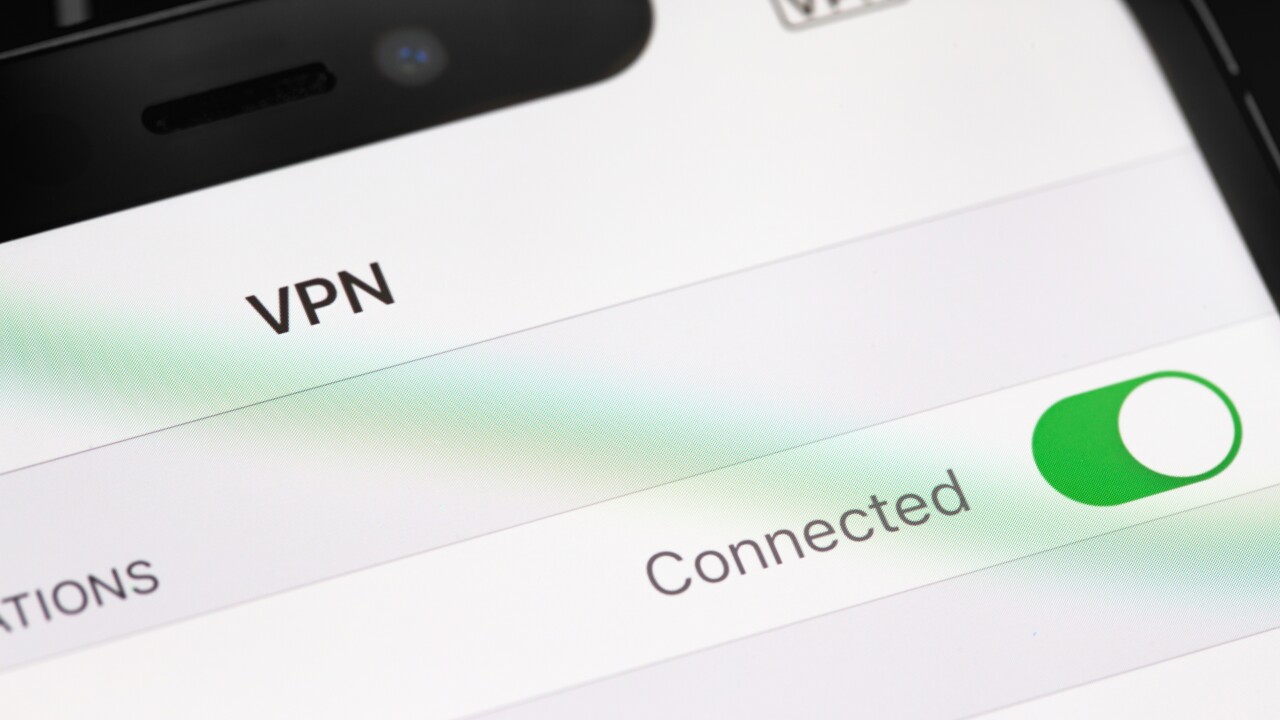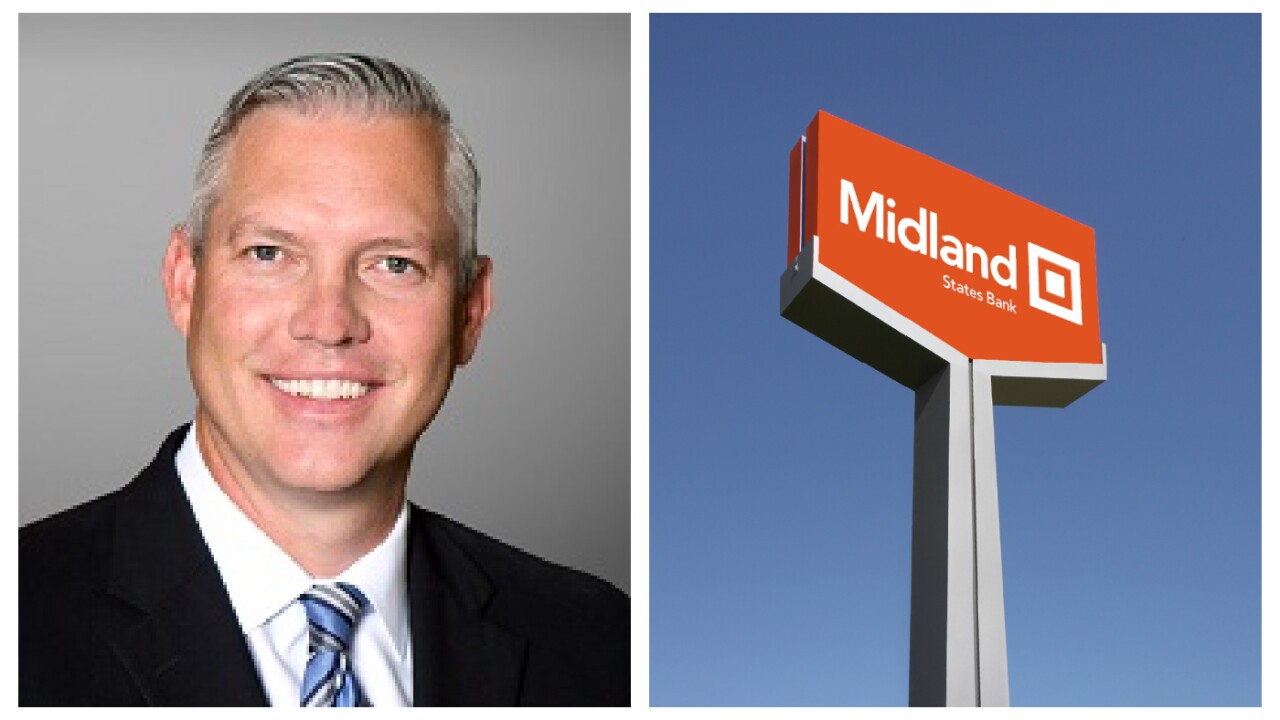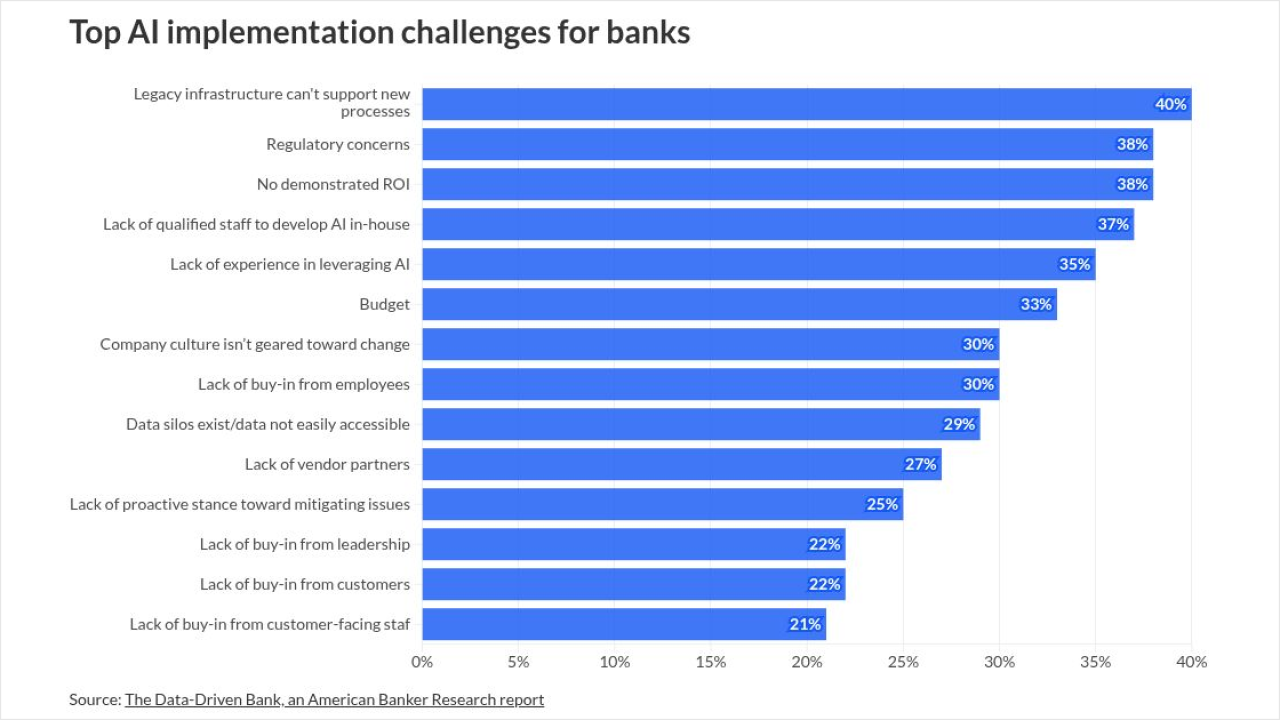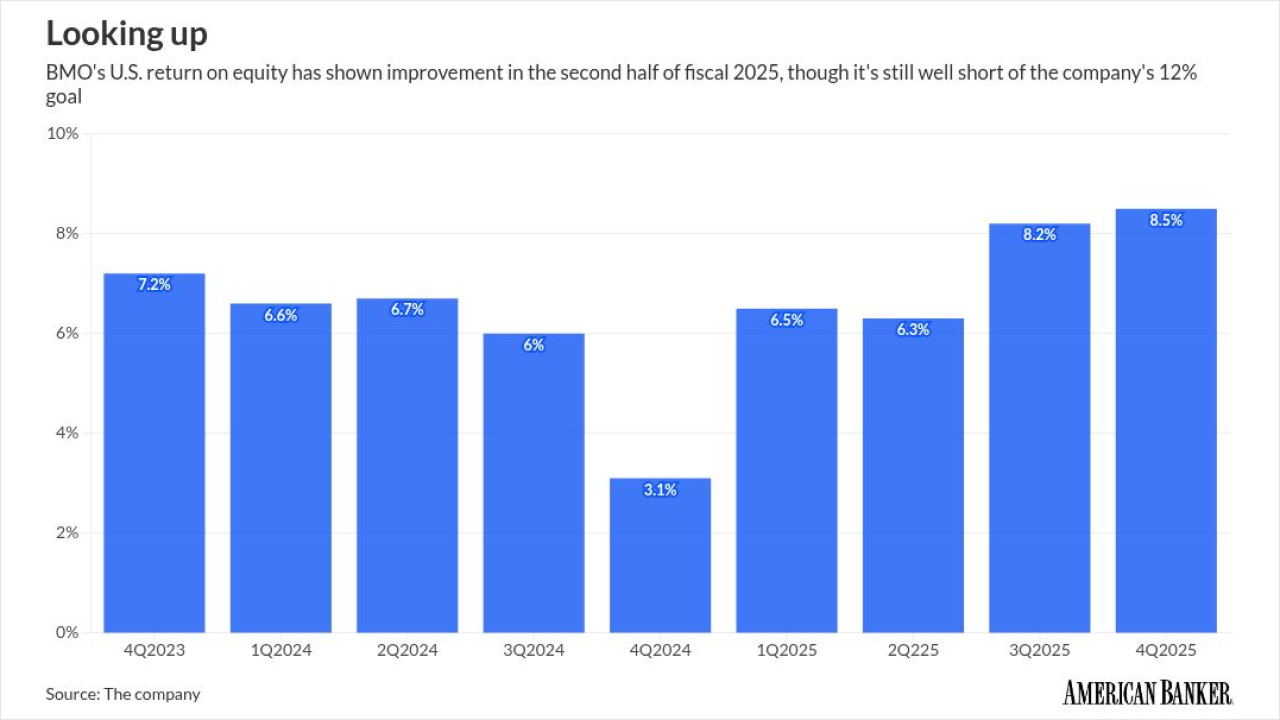
Financial institutions are
In line with this trend, Bank of America just launched CashPro Insights, which analyzes information flowing through
There is an opportunity for Bank of America and its competitors in B2B payments to reach decision makers at corporate treasury departments, which are also struggling through
The mix of higher capital costs, shrinking margins and lower working capital is causing churn in the treasury function, according to
"Businesses tend to run lean in their treasury department," said Jennifer Sanctis, head of CashPro App at Bank of America "When they have the data in front of them it can be easier to understand."
The new Bank of America product was built internally using the bank's proprietary
"We're generally pulling data and presenting it in a way that makes sense for the users," Sanctis said. "It's a mirror for firms to see the progress they are making."
Several features will be built on top of CashPro Insights, including an early product that powers a security meter that assesses and makes recommendations on how businesses can improve security controls.
Other information includes benchmarks that compare a company's working capital and payment efficiency to competitors, deposit balance notifications, measurements of payment efficiency, supply payment optimization and cross-border payment analysis.
Bank of America faces competition from all directions.
Bank of America is positioning CashPro Insights as an additional product for existing clients. About 40,000 corporate and commercial clients globally use CashPro, which facilitated 386 million payments in 2023. The bank contends that the data in these transactions represent an untapped resource for spotting trends, market challenges and opportunities.
"It's harder to implement or use tech that's developed by fintechs," Sanctis said, contending that the users of CashPro Insights will include a large number of existing bank clients that already have access to the right data. "In our case, it's a product they may not have been aware of," Sanctis said.
Emerging data technology, including artificial intelligence-driven analysis, can significantly enhance treasury management by improving efficiency, accuracy and strategic decision-making faster than humanly possible, according to Michael Seaman, CEO of Swipesum, a payment processing and merchant services technology company.
NP Digital–a global digital marketing agency, recently deployed Swipsum's AI-powered product, called Staitment. NP Digital uses Staitment to accelerate processing for ACH and credit card, shortening the time for electronic check processing to one day from five to seven days.
Developments such as
"This is just the beginning of what we can do with the predictive power of AI," Seaman said, adding that more advanced forms of AI such as generative AI are still in the early stages of development for treasury management. "In consulting engagement, we've heard requests from advanced transaction analysis and fraud detection to sophisticated financial forecasting."
The whole goal of treasury services, both at banks and at non-bank fintechs, is to make the job of the corporate treasurer and their team easier, said Erika Baumann, a director at Datos Insights.
"Financial institutions that are not filling critical gaps in automation, reporting, and related treasury and payments needs are being disintermediated by other banks as well as fintechs," Baumann said. "Sometimes this is due to the FI not positioning products effectively and sometimes it is due to a gap in offerings."
As technology becomes more accessible, the expectations become higher to have treasury services available, according to Baumann. "On the flip side of this, the technology is more accessible to more providers, including smaller banks, so it becomes easier for players of all sizes and dynamics to serve the needs of businesses."






